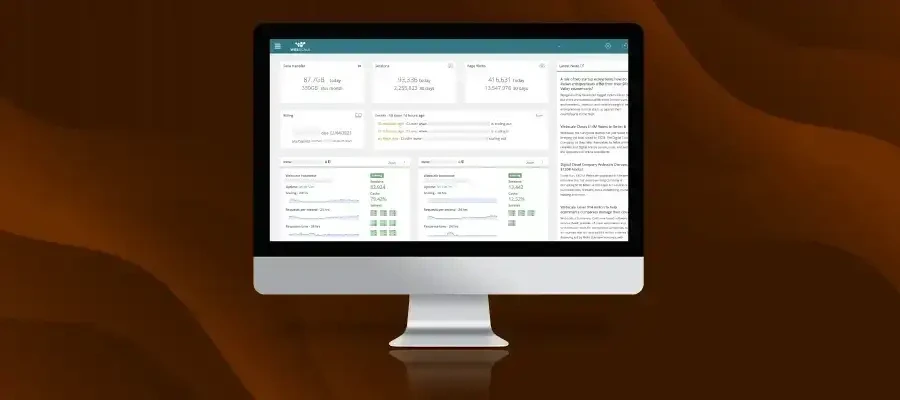Ecommerce sales worldwide touched $4.28 trillion in 2020 and are projected to grow to $5.4 trillion by 2022. With the upcoming holiday shopping season set to break records, once again, having a fast, highly available, and secure shopping experience needs to be the prime focus of any ecommerce business.
With Google’s new Core Web Vitals mandate, your search ranking, and subsequent conversions and revenue will be decided by the quality of user experience your site delivers, especially for customers using a mobile device. Merchants are looking for ways to understand user experiences such as page load, responsiveness and stability of a website through Core Web Vitals. These include:
There are proven ways to optimize a website’s performance in order to create a successful online presence, but it all starts with having better visibility and insight into the health of your digital business.
But it’s not just performance. Cyber criminals have taken advantage of the huge influx of online shoppers since the pandemic, and with merchants adopting omni-channel strategies to serve customers across devices, browsers and locations, the attack surfaces and vulnerabilities have multiplied. It is essential to monitor and identify potential breaches, security gaps, and secure the applications end-to-end to ensure a safe transaction environment for shoppers.
Merchants must be agile in visualizing and spontaneously troubleshooting issues to reduce their overall impact by using only the most relevant metrics. Webscale focuses on enhancing and securing end-user experiences by providing a holistic view of key metrics, logs, and traffic flows, using features like the Security Dashboard, Traffic Viewer, and Pageview Logs, on the Webscale Portal.
Here’s how the Webscale Portal delivers the right information, at the right time to merchants:
1. CDN Delivery Metrics becomes vital as edge processing replaces traditional single server delivery models. It enables the caching of content on a distributed set of servers, enabling manipulation on the edge servers closest to the user, and minimizing the request latency every time a user accesses a web page. Delivery Metrics provide an at-a-glance view into CDN edge response time, cache hit ratio and cache source.
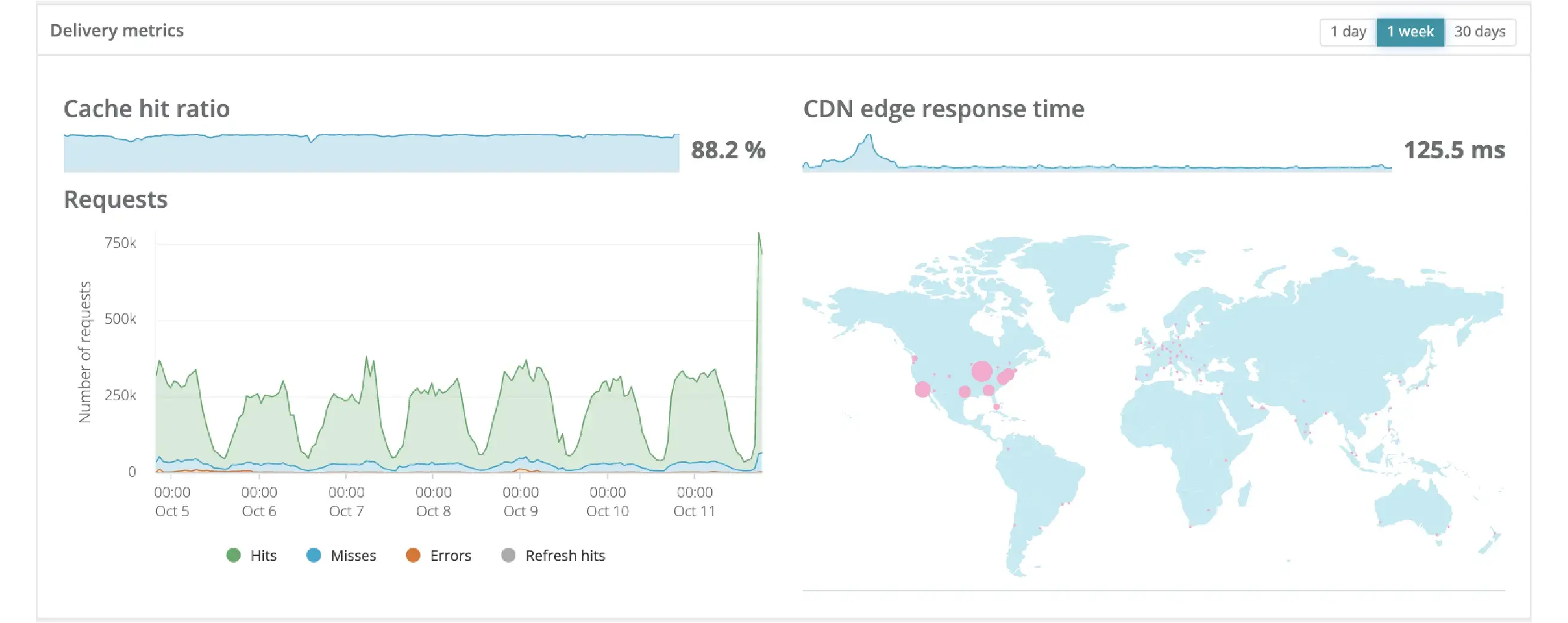
2. The Webscale Security Dashboard provides a detailed view of requests served from different sources, tracks any changes in the traffic pattern, executes rule sets including rate limiting of bot traffic, and applies necessary rules to modify and control traffic to the site.
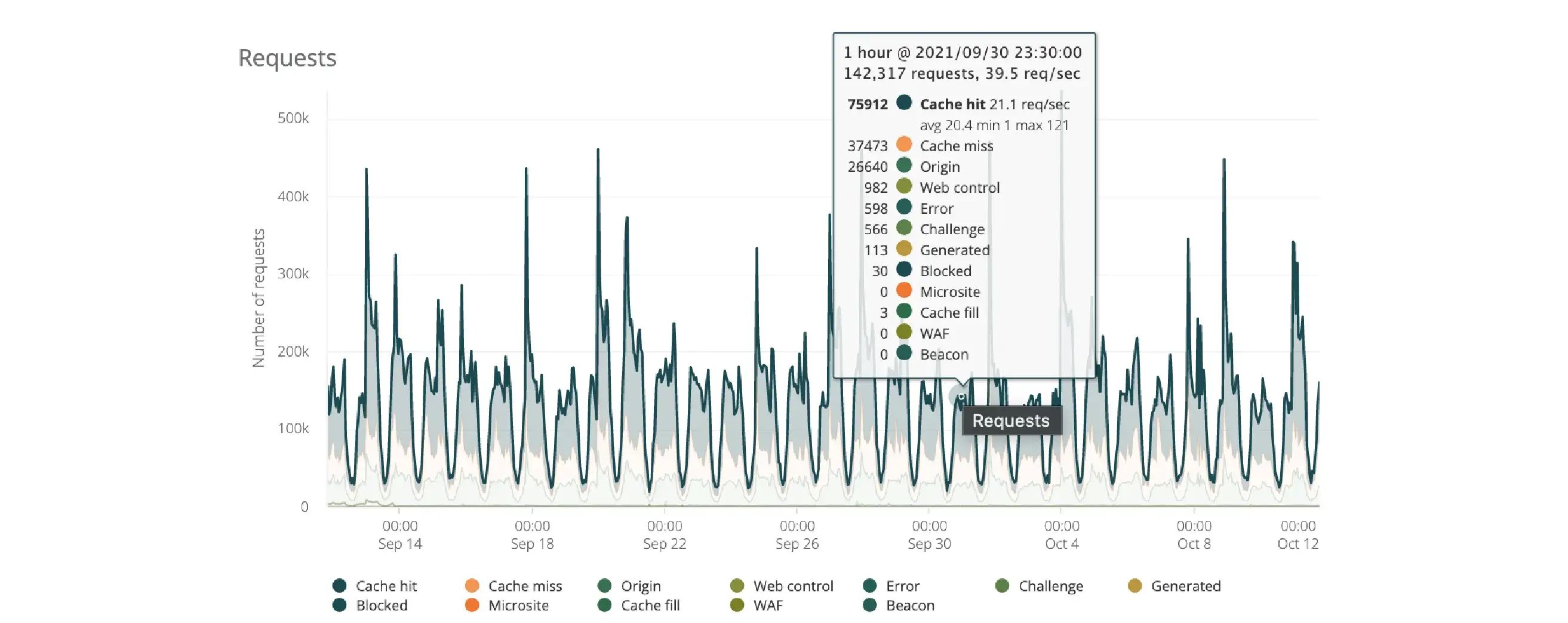
3. Real User Metrics like First Contentful Paint (FCP) and Largest Contentful Paint (LCP), among others, are used by Google to rank pages, especially since Core Web Vitals was rolled out in June 2021. Developers receive speed optimization recommendations specific to their CMS, and the code libraries in use on their sites, to improve performance. Unlike the traditional services that run bots to test a website, Google’s DIY speed analysis engine accurately replicates the delay experienced by end-users when visiting your site, from a range of devices. It then uses these metrics to calculate your site speed and subsequent search ranking. Google has been steadily emphasizing the importance of site speed as a search ranking criterion since they now use the mobile version of the content for indexing and ranking a website.
Webscale’s Real User Monitoring (RUM), helps ecommerce merchants measure and collect important page load metrics, and track their progress with real-time reports through the Webscale Portal, so that issues are quickly and easily identified.
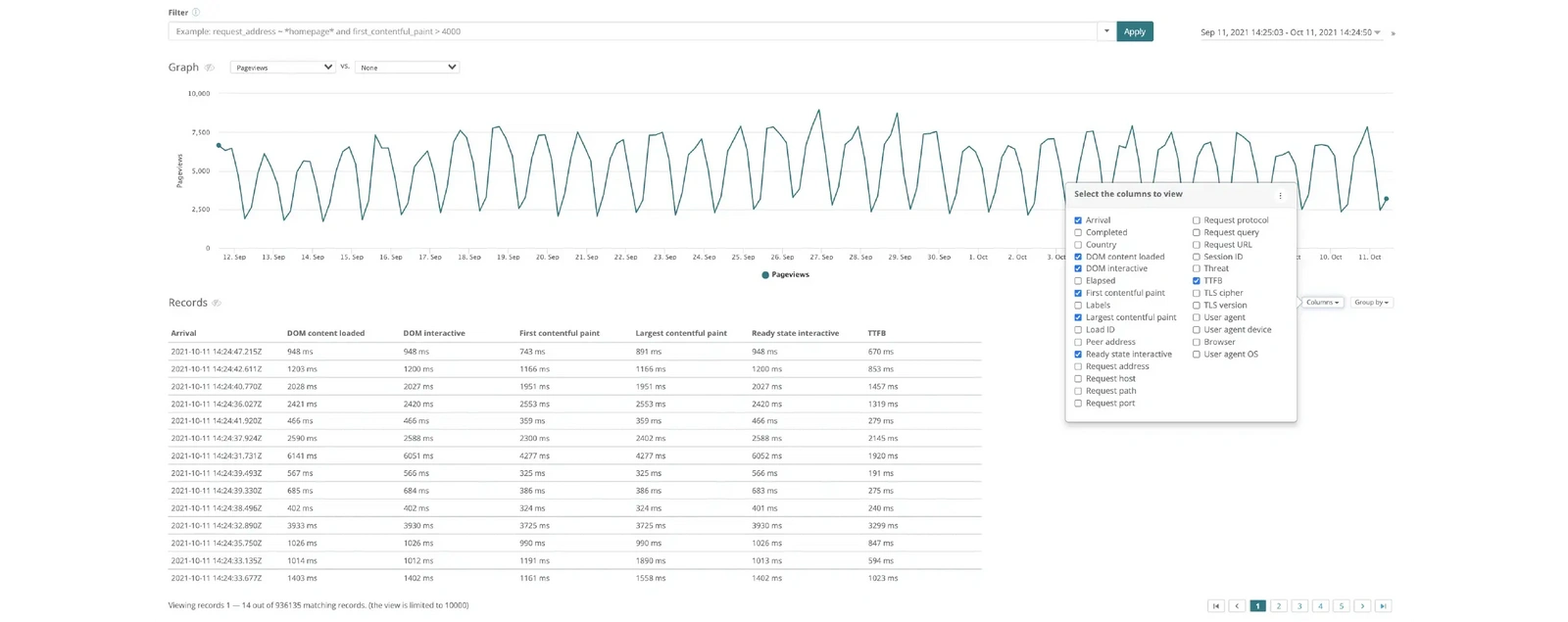
4. Bad Bots are tagged and identified with actionable controls to allow, limit and block them from accessing your site. By blocking bad bots and only allowing good bots like Google, Bing, and Pingdom, Webscale ensures traffic is appropriately served to your site.
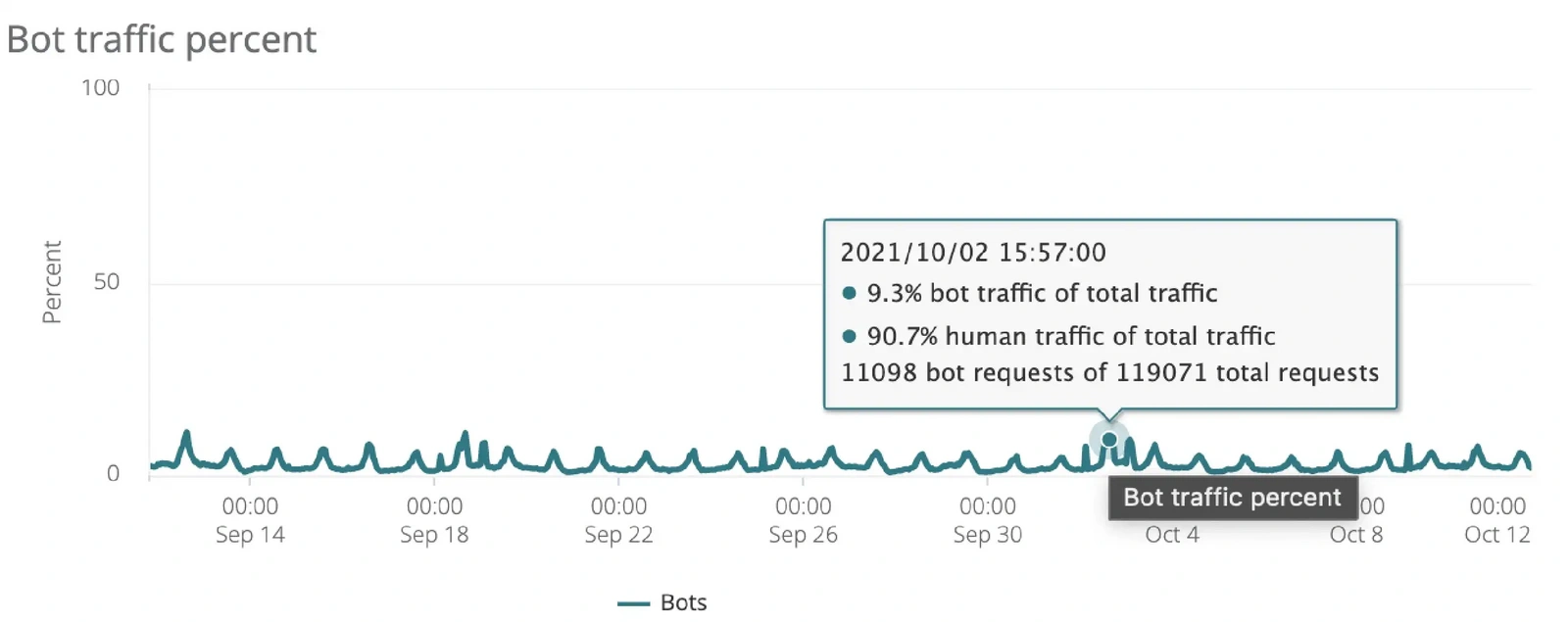
5. Web Controls are one of our most powerful security features from an application control standpoint. Web Controls enables website administrators to build, define and create the equivalent of firewall rules, even if they lack expertise in firewall management.
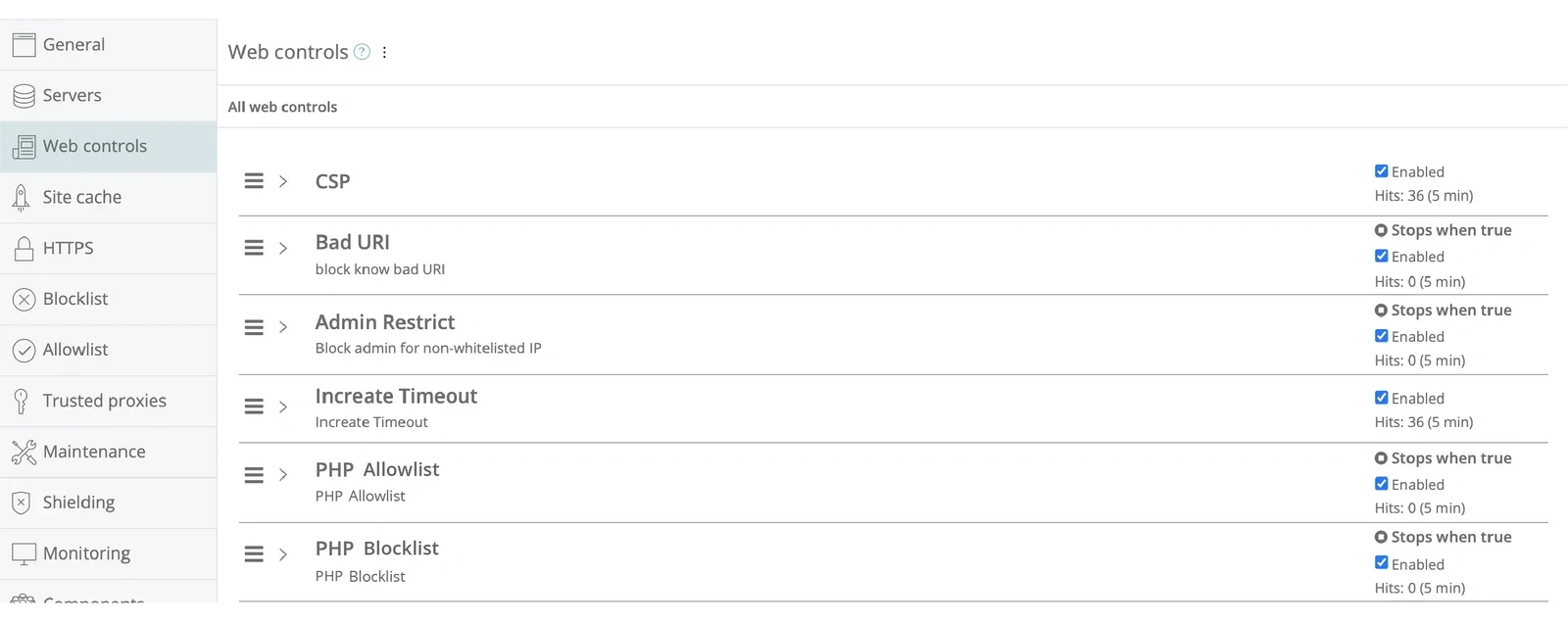
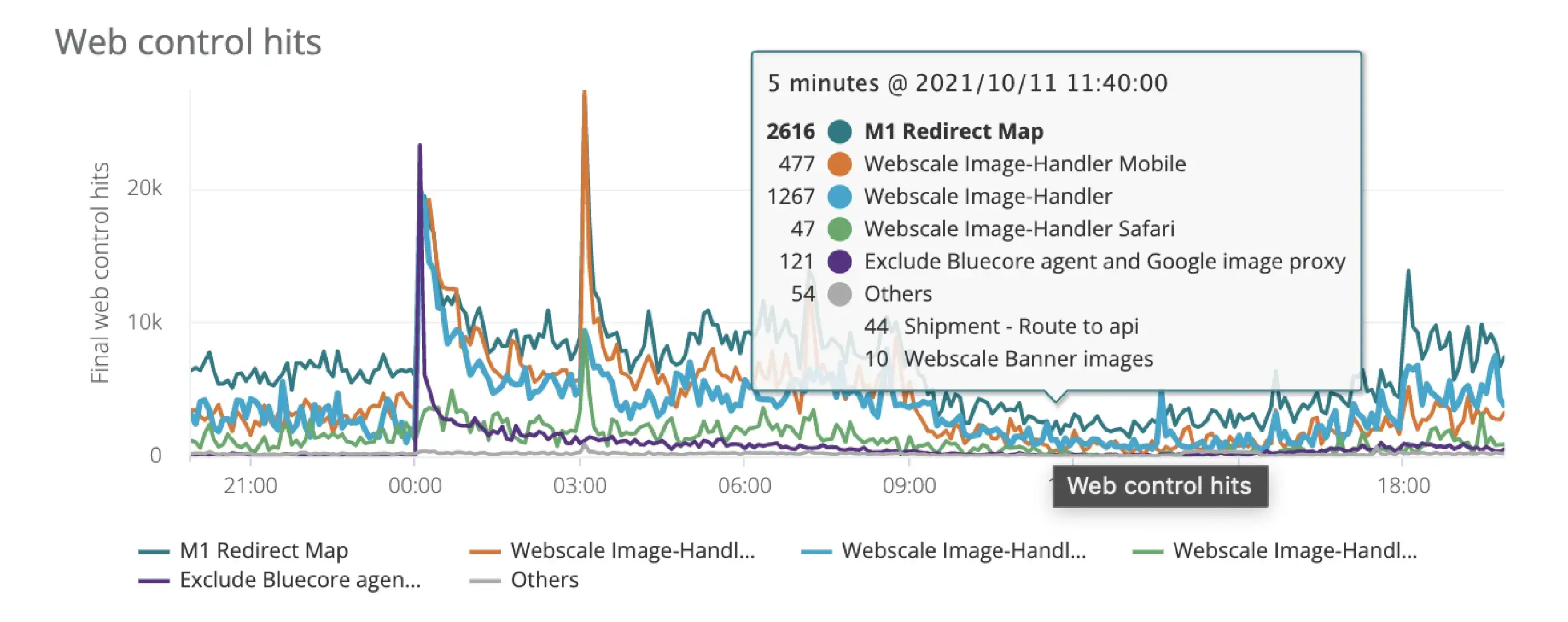
For example, for a website that caters to shoppers from only one country, we can add a Web Control to challenge any user coming in from outside that territory. This way, we can eliminate any bad bots/DDoS attacks that may be targeting their site without adversely impacting the user experience for visitors from the target markets.
We can set up this rule as shown below. In this example, we look at an ecommerce site that has customers mainly residing in the United States and want to challenge users from the rest of the world.
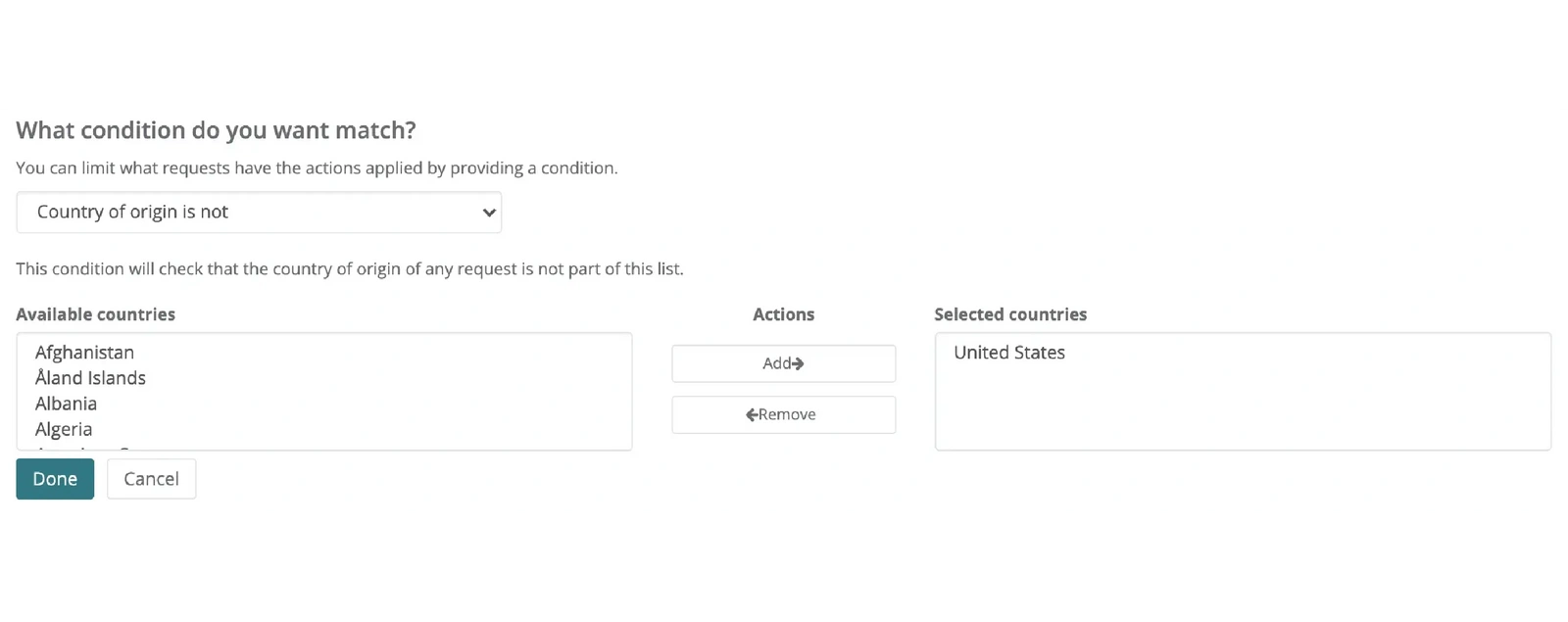 The action that will be applied when the above condition is met is:
The action that will be applied when the above condition is met is:
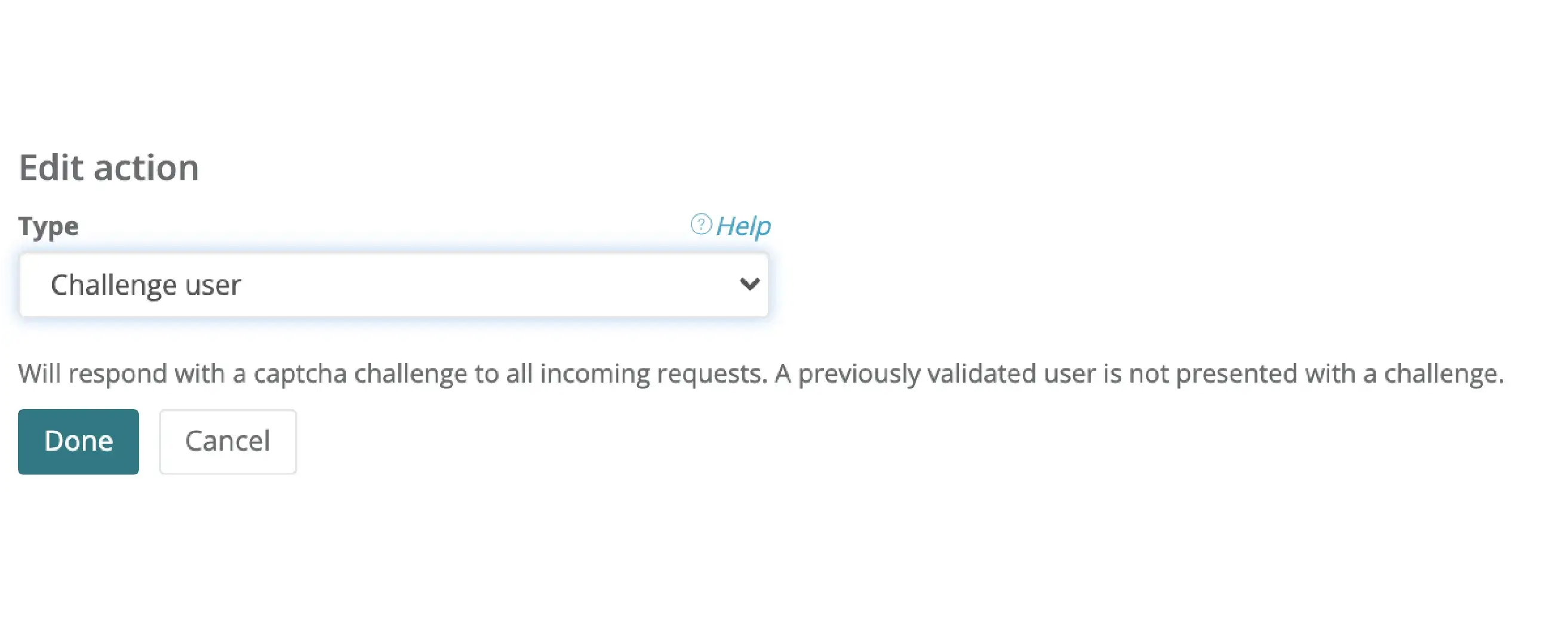 The resulting Web Control would look like this:
The resulting Web Control would look like this:
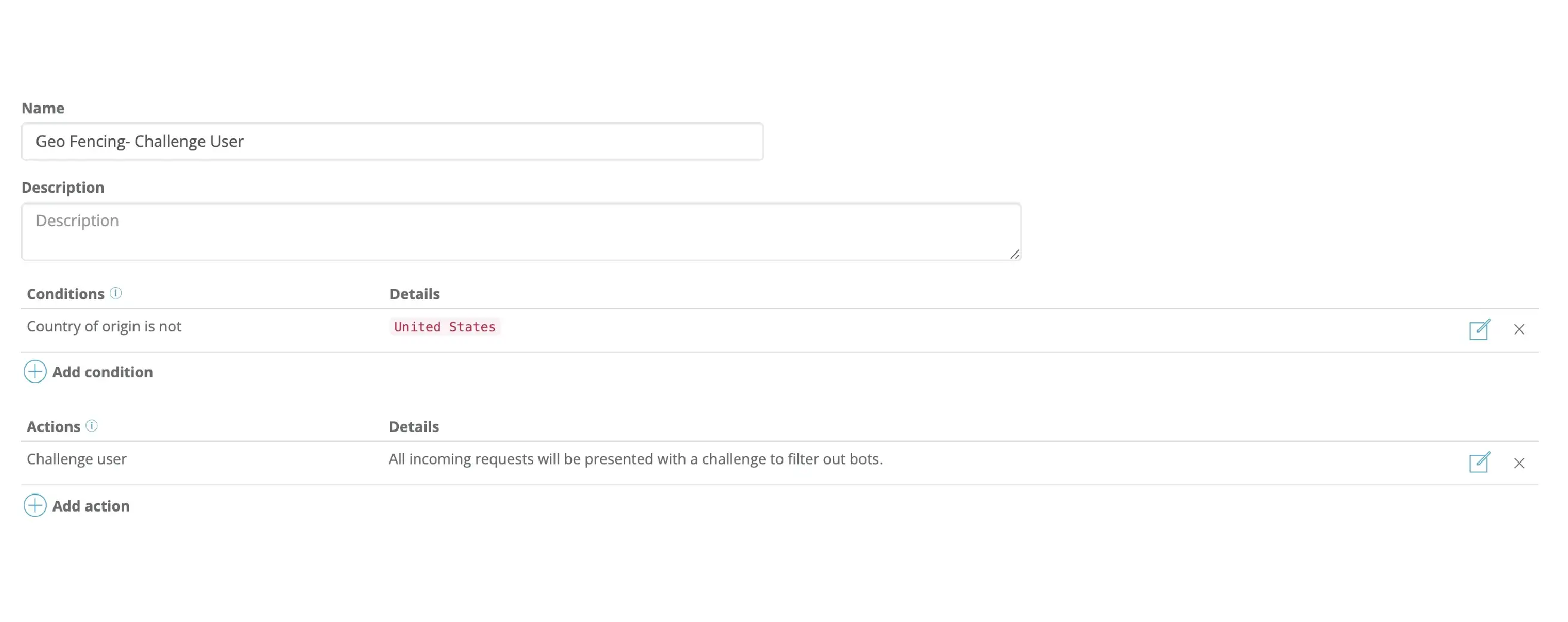
6. Event Logs and Alerts extend application visibility further by notifying admins about everything happening on your website –scale-out events, server usage, cache flush activities, response time variations, malware scans, and audits admin logs. It provides near real-time logs, which get updated every five minutes, and contains in-depth information to help analyze site performance. You can choose to view the events on the Events Logs by logging into the Webscale Portal, or set up alerts to be notified when certain events are triggered.
Often referred to as a “black box”, traditional ecommerce hosting providers intentionally provide very little access to infrastructure, making the gathering of data on traffic, sources, and conversions very challenging.
Every ecommerce storefront needs an intelligent visibility tool that provides insights into the traffic, sources, conversions, hosting infrastructure, and user experience. While there are many tools that accomplish some of these, Google Analytics being one of them, none offer a comprehensive view of a website’s infrastructure. That’s why we built the Webscale Portal to offer a comprehensive “single pane of glass” view into a website’s infrastructure and user experience, which includes everything from event logs to uptime, performance, and security. It allows ecommerce site owners to monitor and proactively influence application behavior in real-time, and more importantly, it ensures business owners are making strategic decisions based on accurate data.
If you wish to schedule a demo of the Webscale Portal, click here.






